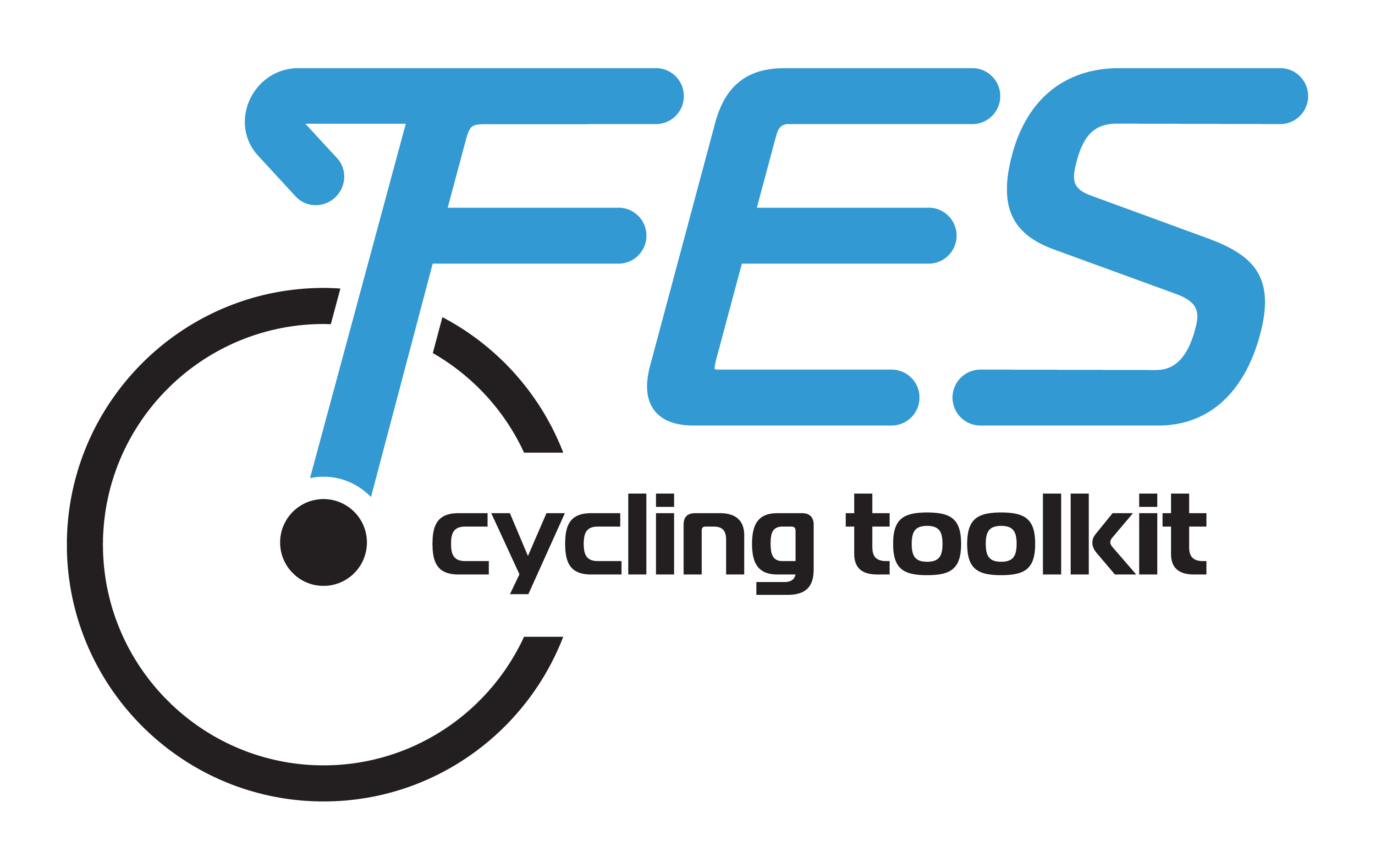References
- Musselman KE, Shah M, Zariffa J. Rehabilitation technologies and interventions for individuals with spinal cord injury: translational potential of current trends. J NeuroEngineering Rehabil. 2018;15(1):40. doi:10.1186/s12984-018-0386-7
- Demchak TJ, Linderman JK, Mysiw WJ, Jackson R, Suun J, Devor ST. Effects of functional electric stimulation cycle ergometry training on lower limb musculature in acute sci individuals. J Sports Sci Med. 2005;4(3):263-271.
- Lai C, Chang W, Chan W, et al. Effects of functional electrical stimulation cycling exercise on bone mineral density loss in the early stages of spinal cord injury. J Rehabil Med. 2010;42(2):150-154. doi:10.2340/16501977-0499
- Fouad K, Metz GAS, Merkler D, Dietz V, Schwab ME. Treadmill training in incomplete spinal cord injured rats. Behav Brain Res. 2000;115(1):107-113. doi:10.1016/S0166-4328(00)00244-8
- Eser PC, Donaldson NdeN, Knecht H, Stussi E. Influence of different stimulation frequencies on power output and fatigue during FES-cycling in recently injured SCI people. IEEE Trans Neural Syst Rehabil Eng. 2003;11(3):236-240. doi:10.1109/TNSRE.2003.817677
- Everaert DG, Okuma Y, Abdollah V, Ho C. Timing and dosage of FES cycling early after acute spinal cord injury: A case series report. J Spinal Cord Med. 2021;44(sup1):S250-S255. doi:10.1080/10790268.2021.1953323
- Swaffield E, Cheung L, Khalili A, et al. Perspectives of people living with a spinal cord injury on activity-based therapy. Disabil Rehabil. Published online February 9, 2021:1-9. doi:10.1080/09638288.2021.1878293
- Auchstaetter N, Luc J, Lukye S, et al. Physical Therapists’ Use of Functional Electrical Stimulation for Clients With Stroke: Frequency, Barriers, and Facilitators. Phys Ther. 2016;96(7):995-1005. doi:10.2522/ptj.20150464
- Griffin L, Decker MJ, Hwang JY, et al. Functional electrical stimulation cycling improves body composition, metabolic and neural factors in persons with spinal cord injury. J Electromyogr Kinesiol Off J Int Soc Electrophysiol Kinesiol. 2009;19(4):614-622. doi:10.1016/j.jelekin.2008.03.002
- Johnston TE, Marino RJ, Oleson CV, et al. Musculoskeletal Effects of 2 Functional Electrical Stimulation Cycling Paradigms Conducted at Different Cadences for People With Spinal Cord Injury: A Pilot Study. Arch Phys Med Rehabil. 2016;97(9):1413-1422. doi:10.1016/j.apmr.2015.11.014
- Martin R, Sadowsky C, Obst K, Meyer B, McDonald J. Functional electrical stimulation in spinal cord injury:: from theory to practice. Top Spinal Cord Inj Rehabil. 2012;18(1):28-33. doi:10.1310/sci1801-28
- van der Scheer JW, Goosey-Tolfrey VL, Valentino SE, Davis GM, Ho CH. Functional electrical stimulation cycling exercise after spinal cord injury: a systematic review of health and fitness-related outcomes. J Neuroengineering Rehabil. 2021;18(1):99. doi:10.1186/s12984-021-00882-8
- Hartkopp A, Murphy RJ, Mohr T, Kjaer M, Biering-Sørensen F. Bone fracture during electrical stimulation of the quadriceps in a spinal cord injured subject. Arch Phys Med Rehabil. 1998;79(9):1133-1136. doi:10.1016/s0003-9993(98)90184-8
- Baldi JC, Jackson RD, Moraille R, Mysiw WJ. Muscle atrophy is prevented in patients with acute spinal cord injury using functional electrical stimulation. Spinal Cord. 1998;36(7):463-469. doi:10.1038/sj.sc.3100679
- Chilibeck PD, Jeon J, Weiss C, Bell G, Burnham R. Histochemical changes in muscle of individuals with spinal cord injury following functional electrical stimulated exercise training. Spinal Cord. 1999;37(4):264-268. doi:10.1038/sj.sc.3100785
- Corbin GN, Weaver K, Dolbow DR, Credeur D, Pattanaik S, Stokic DS. Safety and preliminary efficacy of functional electrical stimulation cycling in an individual with cervical cord injury, autonomic dysreflexia, and a pacemaker: Case report. J Spinal Cord Med. 2021;44(4):613-616. doi:10.1080/10790268.2019.1692180
- Dolbow DR, Credeur DP. Effects of resistance-guided high intensity interval functional electrical stimulation cycling on an individual with paraplegia: A case report. J Spinal Cord Med. 2018;41(2):248-252. doi:10.1080/10790268.2017.1367358
- Bloomfield SA, Mysiw WJ, Jackson RD. Bone mass and endocrine adaptations to training in spinal cord injured individuals. Bone. 1996;19(1):61-68. doi:10.1016/8756-3282(96)00109-3
- Crameri RM, Cooper P, Sinclair PJ, Bryant G, Weston A. Effect of load during electrical stimulation training in spinal cord injury. Muscle Nerve. 2004;29(1):104-111. doi:10.1002/mus.10522
- Rayegani SM, Shojaee H, Sedighipour L, Soroush MR, Baghbani M, Amirani OB. The effect of electrical passive cycling on spasticity in war veterans with spinal cord injury. Front Neurol. 2011;2:39. doi:10.3389/fneur.2011.00039
- Dolbow DR, Gorgey AS, Cifu DX, Moore JR, Gater DR. Feasibility of home-based functional electrical stimulation cycling: case report. Spinal Cord. 2012;50(2):170-171. doi:10.1038/sc.2011.115
- Calabrò RS, Portaro S, Tomasello P, Porcari B, Balletta T, Naro A. Paving the way for a better management of pain in patients with spinal cord injury: An exploratory study on the use of Functional Electric Stimulation(FES)-cycling. J Spinal Cord Med. 2023;46(1):107-117. doi:10.1080/10790268.2021.1961050
- Fattal C, Sijobert B, Daubigney A, et al. Training with FES-assisted cycling in a subject with spinal cord injury: Psychological, physical and physiological considerations. J Spinal Cord Med. 2020;43(3):402-413. doi:10.1080/10790268.2018.1490098
- Farkas GJ, Gorgey AS, Dolbow DR, Berg AS, Gater DR. Energy Expenditure, Cardiorespiratory Fitness, and Body Composition Following Arm Cycling or Functional Electrical Stimulation Exercises in Spinal Cord Injury: A 16-Week Randomized Controlled Trial. Top Spinal Cord Inj Rehabil. 2021;27(1):121-134. doi:10.46292/sci20-00065
- Phillips CA, Danopulos D, Kezdi P, Hendershot D. Muscular, respiratory and cardiovascular responses of quadriplegic persons to an F. E. S. bicycle ergometer conditioning program. Int J Rehabil Res Int Z Rehabil Rev Int Rech Readaptation. 1989;12(2):147-157. doi:10.1097/00004356-198906000-00003
- Duffell LD, Rowlerson AM, Donaldson NDN, Harridge SDR, Newham DJ. Effects of endurance and strength-directed electrical stimulation training on the performance and histological properties of paralyzed human muscle: a pilot study. Muscle Nerve. 2010;42(5):756-763. doi:10.1002/mus.21746
- Tong RKY, Wang X, Leung KWC, et al. How to prepare a person with complete spinal cord injury to use surface electrodes for FES trike cycling. IEEE Int Conf Rehabil Robot Proc. 2017;2017:801-805. doi:10.1109/ICORR.2017.8009346
- Health Canada. Active device name search results. Published online May 4, 2023. Accessed June 24, 2023. https://health-products.canada.ca/mdall-limh/information?deviceId=222878&deviceName=RT300-S%20(ADULT%20VERSION)&licenceId=70774&type=active&lang=eng
- Duffell LD, Donaldson N de N. A Comparison of FES and SCS for Neuroplastic Recovery After SCI: Historical Perspectives and Future Directions. Front Neurol. 2020;11:607. doi:10.3389/fneur.2020.00607
- Chilibeck PD, Bell G, Jeon J, et al. Functional electrical stimulation exercise increases GLUT-1 and GLUT-4 in paralyzed skeletal muscle. Metabolism. 1999;48(11):1409-1413. doi:10.1016/s0026-0495(99)90151-8
- Gerrits HL, de Haan A, Sargeant AJ, Dallmeijer A, Hopman MT. Altered contractile properties of the quadriceps muscle in people with spinal cord injury following functional electrical stimulated cycle training. Spinal Cord. 2000;38(4):214-223. doi:10.1038/sj.sc.3100974
- Sijobert B, Fattal C, Daubigney A, Azevedo-Coste C. Participation to the first Cybathlon: an overview of the FREEWHEELS team FES-cycling solution. Eur J Transl Myol. 2017;27(4):7120. doi:10.4081/ejtm.2017.7120
- Allison DJ, Chapman B, Wolfe D, Sequeira K, Hayes K, Ditor DS. Effects of a Functional Electrical Stimulation-Assisted Cycling Program on Immune and Cardiovascular Health in Persons with Spinal Cord Injury. Top Spinal Cord Inj Rehabil. 2016;22(1):71-78. doi:10.1310/sci2201-71
- Scremin AM, Kurta L, Gentili A, et al. Increasing muscle mass in spinal cord injured persons with a functional electrical stimulation exercise program. Arch Phys Med Rehabil. 1999;80(12):1531-1536. doi:10.1016/s0003-9993(99)90326-x
- Jeon JY, Weiss CB, Steadward RD, et al. Improved glucose tolerance and insulin sensitivity after electrical stimulation-assisted cycling in people with spinal cord injury. Spinal Cord. 2002;40(3):110-117. doi:10.1038/sj.sc.3101260
- Gurney AB, Robergs RA, Aisenbrey J, Cordova JC, McClanahan L. Detraining from total body exercise ergometry in individuals with spinal cord injury. Spinal Cord. 1998;36(11):782-789. doi:10.1038/sj.sc.3100698
- Dolbow DR, Gorgey AS, Moore JR, Gater DR. Report of practicability of a 6-month home-based functional electrical stimulation cycling program in an individual with tetraplegia. J Spinal Cord Med. 2012;35(3):182-186. doi:10.1179/2045772312Y.0000000007
- Mazzoleni S, Battini E, Rustici A, Stampacchia G. An integrated gait rehabilitation training based on Functional Electrical Stimulation cycling and overground robotic exoskeleton in complete spinal cord injury patients: Preliminary results. IEEE Int Conf Rehabil Robot Proc. 2017;2017:289-293. doi:10.1109/ICORR.2017.8009261
- Gorgey AS, Graham ZA, Bauman WA, Cardozo C, Gater DR. Abundance in proteins expressed after functional electrical stimulation cycling or arm cycling ergometry training in persons with chronic spinal cord injury. J Spinal Cord Med. 2017;40(4):439-448. doi:10.1080/10790268.2016.1229397
- Rennie S. Contraindications and precautions: an evidence-based approach to clinical decision making in physical therapy. In: Electrophysical Agents. ; 2010:1-3.
- Burri H, Piguet V. UninTENSional pacemaker interactions with transcutaneous electrical nerve stimulation. Eur Eur Pacing Arrhythm Card Electrophysiol J Work Groups Card Pacing Arrhythm Card Cell Electrophysiol Eur Soc Cardiol. 2009;11(3):283-284. doi:10.1093/europace/eup008
- Carlson T, Andréll P, Ekre O, et al. Interference of transcutaneous electrical nerve stimulation with permanent ventricular stimulation: a new clinical problem? Eur Eur Pacing Arrhythm Card Electrophysiol J Work Groups Card Pacing Arrhythm Card Cell Electrophysiol Eur Soc Cardiol. 2009;11(3):364-369. doi:10.1093/europace/eun351
- Pyatt JR, Trenbath D, Chester M, Connelly DT. The simultaneous use of a biventricular implantable cardioverter defibrillator (ICD) and transcutaneous electrical nerve stimulation (TENS) unit: implications for device interaction. Eur Eur Pacing Arrhythm Card Electrophysiol J Work Groups Card Pacing Arrhythm Card Cell Electrophysiol Eur Soc Cardiol. 2003;5(1):91-93. doi:10.1053/eupc.2002.0277

